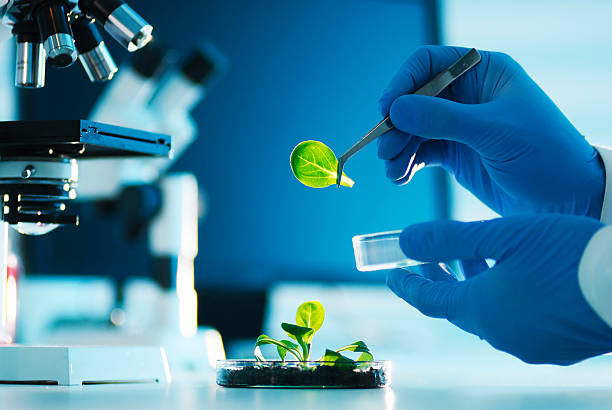The Integration of Theory and Practice in IB Design and Technology

In the International Baccalaureate (IB) Design and Technology course, the integration of theory and practice is fundamental to developing students' understanding of design processes, technological principles, and real-world applications. By synthesizing theoretical knowledge with hands-on practical experiences, students gain a holistic understanding of design and technology concepts, preparing them for future endeavors in engineering, innovation, and problem-solving. In this guide, we'll explore the significance of integrating theory and practice in IB Design and Technology and examine how it enhances students' learning outcomes.
Understanding Theory and Practice in IB Design and Technology
1. Theoretical Foundations:
- The theoretical component of IB Design and Technology encompasses fundamental principles of design thinking, technological innovation, materials science, sustainability, and ethical considerations.
- Students explore theoretical concepts through classroom instruction, research, case studies, and discussions, gaining insights into the broader implications of design and technology in society.
2. Practical Application:
- Practical application involves hands-on activities, design projects, prototyping, testing, and evaluation of technological solutions. Students apply theoretical knowledge to real-world design challenges, engaging in iterative design processes to develop innovative solutions.
Significance of Integration
1. Enhanced Learning Outcomes:
- Integrating theory and practice fosters deeper learning and understanding of design and technology concepts. Students gain practical skills and problem-solving abilities while simultaneously developing a theoretical framework to contextualize their experiences.
2. Promotes Critical Thinking:
- The integration of theory and practice encourages critical thinking and analytical reasoning. Students learn to evaluate design solutions, assess technological feasibility, consider ethical implications, and make informed decisions based on theoretical principles and practical constraints.
3. Preparation for Future Endeavors:
- By synthesizing theoretical knowledge with practical skills, students are better prepared for future academic and professional endeavors in fields such as engineering, product design, architecture, and innovation.
- They develop a versatile skill set that enables them to navigate complex design challenges, adapt to emerging technologies, and contribute meaningfully to technological advancements.
Approaches to Integration
1. Project-Based Learning:
- Project-based learning (PBL) provides an effective framework for integrating theory and practice in IB Design and Technology. Students work collaboratively on design projects, applying theoretical concepts to address real-world problems and challenges.
2. Experiential Learning:
- Experiential learning opportunities, such as internships, industry partnerships, and field studies, enable students to gain hands-on experience and insights into professional design and technology practices.
- Immersive experiences bridge the gap between theory and practice, enhancing students' understanding of industry standards, processes, and innovations.
3. Cross-Curricular Connections:
- Integrating design and technology with other subject areas, such as mathematics, science, humanities, and art, facilitates interdisciplinary learning and promotes holistic understanding.
- Exploring connections between disciplines encourages creativity, innovation, and the synthesis of diverse perspectives in design and technology endeavors.
Conclusion
The integration of theory and practice is paramount in IB Design and Technology, empowering students to become innovative problem solvers, critical thinkers, and responsible global citizens. By synthesizing theoretical knowledge with practical experiences, students gain a comprehensive understanding of design processes, technological principles, and societal impacts. Through project-based learning, experiential opportunities, and cross-curricular connections, students develop the skills, competencies, and mindset needed to thrive in a rapidly evolving technological landscape. As they embark on their academic and professional journeys, students emerge as adept designers, technologists, and agents of positive change in their communities and beyond.




